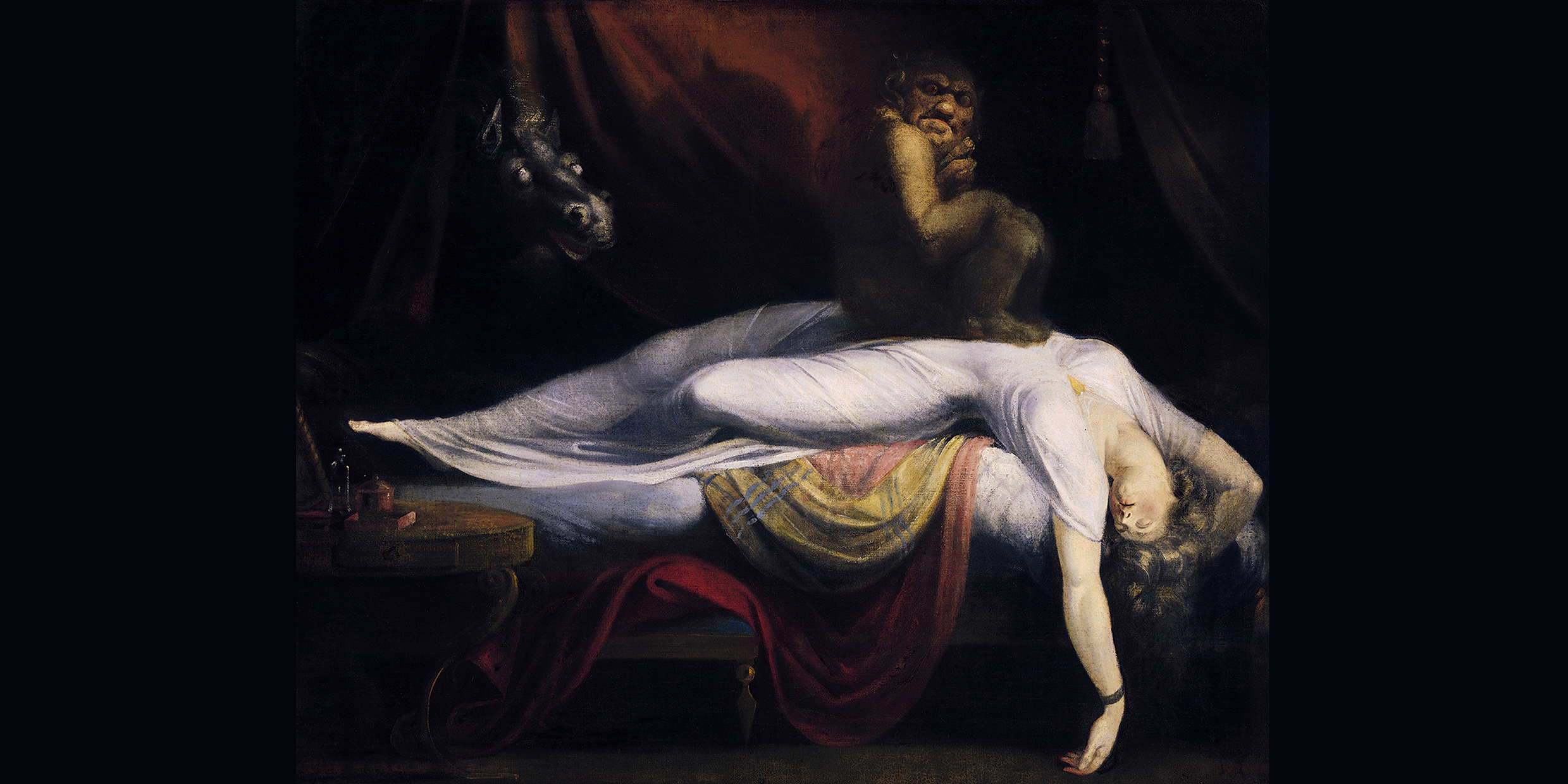Originally published 1 June 1992
I’m beginning to feel left out.
You’d think I’d be the sort of fellow the aliens would go for. As an enthusiastic amateur astronomer, I spend a lot of time under the night sky. Almost every clear night I’m out there scanning the skies. But I’ve never seen a UFO, much less been abducted by one. Why are they avoiding me?
According to a survey of 6,000 adult Americans by the Roper Organization, approximately one out of every 50 adult Americans have experienced at least four of the five characteristics of a typical UFO abduction:
- Waking paralyzed with the sense of a strange figure or presence in the room.
- Experiencing an hour or more of “missing time.”
- Having a feeling of actually flying through the air without knowing how or why.
- Seeing unusual lights or balls of light in a room without understanding what has caused them.
- Discovering puzzling scars on one’s body, without remembering how or why they were acquired.
The Fund for UFO Research interprets these results to mean that upwards of 3.7 million Americans may have been abducted by extraterrestrials. The Fund’s newsletter quotes Dr. John E. Mack, Professor of Psychiatry at the Harvard Medical School, to the effect that the survey “suggests that hundreds of thousands, if not millions of American men, women, and children may have experienced UFO abductions, or abduction related phenomena.”
Mack is a co-organizer of a by-invitation-only conference on the abduction phenomenon, to be held at MIT later this month [in 1992]. Among the 150 or so participants invited will be mainstream scholars who take abduction reports seriously. Some of them think an alien race may be interbreeding with humans, or tampering with our genes.
There’s no point in rehashing here the old UFO debate. For almost half a century, believers have insisted that UFOs are extraterrestrial, and that humans have been forcibly taken aboard spaceships for physical examinations and sexual encounters. Debunkers have just as vigorously dismissed such reports as frauds, delusions, or mass hysteria.
What is new in recent years is the appearance of a third slant to the debate, typified by books such as Keith Thompson’s Angels and Aliens: UFO’s and the Mythic Imagination, and David Jacob’s Secret Life: Firsthand Accounts of UFO Abductions. People in this camp tend to avoid the stark polarities of the traditional debate. They reject, in Mack’s words, “boundaries between the material and the psychological, the mythic and the real, as well as distinctions between symbolic and literal, and even…the polarities of true versus hoax.”
It’s difficult to get one’s teeth in to this sort of thing. If a person testifies (often under hypnosis) that she was removed from her home, subjected to physical examination on a table aboard an alien craft, and perhaps tampered with sexually and/or genetically, then I’m inclined to say either it happened or it didn’t.
Abduction researchers have a more slippery notion of reality. Something is going on, they say, that we can’t hope to understand, involving technologies and realities beyond our wildest imaginings. If the abductors can travel here from another planet, pass through walls, and render their victims invisible, then who are we to insist on the categories of old-fashioned science?
And why should an old-fashioned skeptic, such as myself, believe this apparent nonsense? Well, because of the consistency of abduction reports — most victims describe remarkably similar experiences — and because many abductees have marks and scars on their bodies of unknown origin. Or so say many abduction researchers.
But perhaps there’s another explanation for the so-called abduction experience, something less dramatic than bug-eyed, little gray men in space ships. Consider the following parallels between the abduction phenomenon and the witchcraft hysteria of the late Middle Ages and Renaissance:
- The investigators of the phenomenon are mostly male.
- The victims are mostly female, and mostly young.
- The victims are often wakened in the night and sense strange presences in the room. They are taken away through the ceiling and participate in experiences of a sexual nature.
- The testimony of the victims about their experiences shows remarkable consistency. Handbooks are written describing typical experiences. The consistency of the testimony is taken as evidence that the phenomenon is objectively real.
- Victims are sometimes afflicted with puzzling scars, injuries, or pains.
- The physical characteristics of the abductors, their presumed place of origin, and their mode of transport are consistent with the popular imagination of the time.
- The investigators participate in eliciting testimony from the victims (torture, then; hypnosis, now).
Few of us believe in witches anymore, or in nighttime commerce with devils. We are inclined to view the witch craze of earlier centuries as an aberrant psycho-social phenomenon, brought to a timely end by the application of old-fashioned science.
The scholars who will gather at MIT have an opportunity to make a worthwhile contribution to knowledge — if they focus on the real subject. The so-called abduction phenomenon is telling us more about ourselves than about bug-eyed humanoids in flying saucers.



